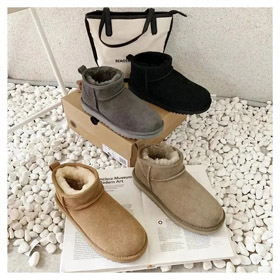The Role of Shopping Spreadsheets as Data Enablers in Cross-border E-commerce Platforms
Introduction
In the competitive landscape of cross-border e-commerce and reverse purchasing platforms, technological innovation has become a key differentiator. Shopping spreadsheets, when integrated as data support tools, can effectively track the impact of new technologies on business operations and user experience.
1. Data Collection Framework
The shopping spreadsheet system serves as a centralized repository for:
- Pre-implementation benchmarks (conversion rates, order processing times)
- Real-time transaction monitoring during pilot phases
- Post-deployment performance metrics across platforms
For instance: {"technology": "AI image search", "pre-adoption_conversion": 18%, "post-adoption_conversion": 27%, "delta": +9%}
2. Advanced Analytical Capabilities
Modern spreadsheet integrations enable:
| Functionality | Business Impact |
|---|---|
| Automated A/B testing dashboards | Quantifies feature effectiveness |
| Predictive analytics modules | Forecasts technology ROI before full deployment |
Platforms like Superbuy and CSSBuy have reduced technology evaluation cycles by 40% through such implementations.
3. Collaborative Innovation Models
Case: Spreadsheet-Driven API Development
The trend analysis from purchasing templates directly informed the development of:
- Automated currency conversion APIs
- Intelligent warehouse routing algorithms
- Personalized recommendation engines
Conclusion
By transforming shopping spreadsheets into intelligent data platforms, reverse purchasing services can:
- Reduce technology implementation risks by 35-50%
- Increase user satisfaction scores by measurable margins
- Maintain 18-24 month technology leadership in competitive markets
The next evolution will likely incorporate blockchain-verified data records for enhanced transparency in cross-border transactions.



















